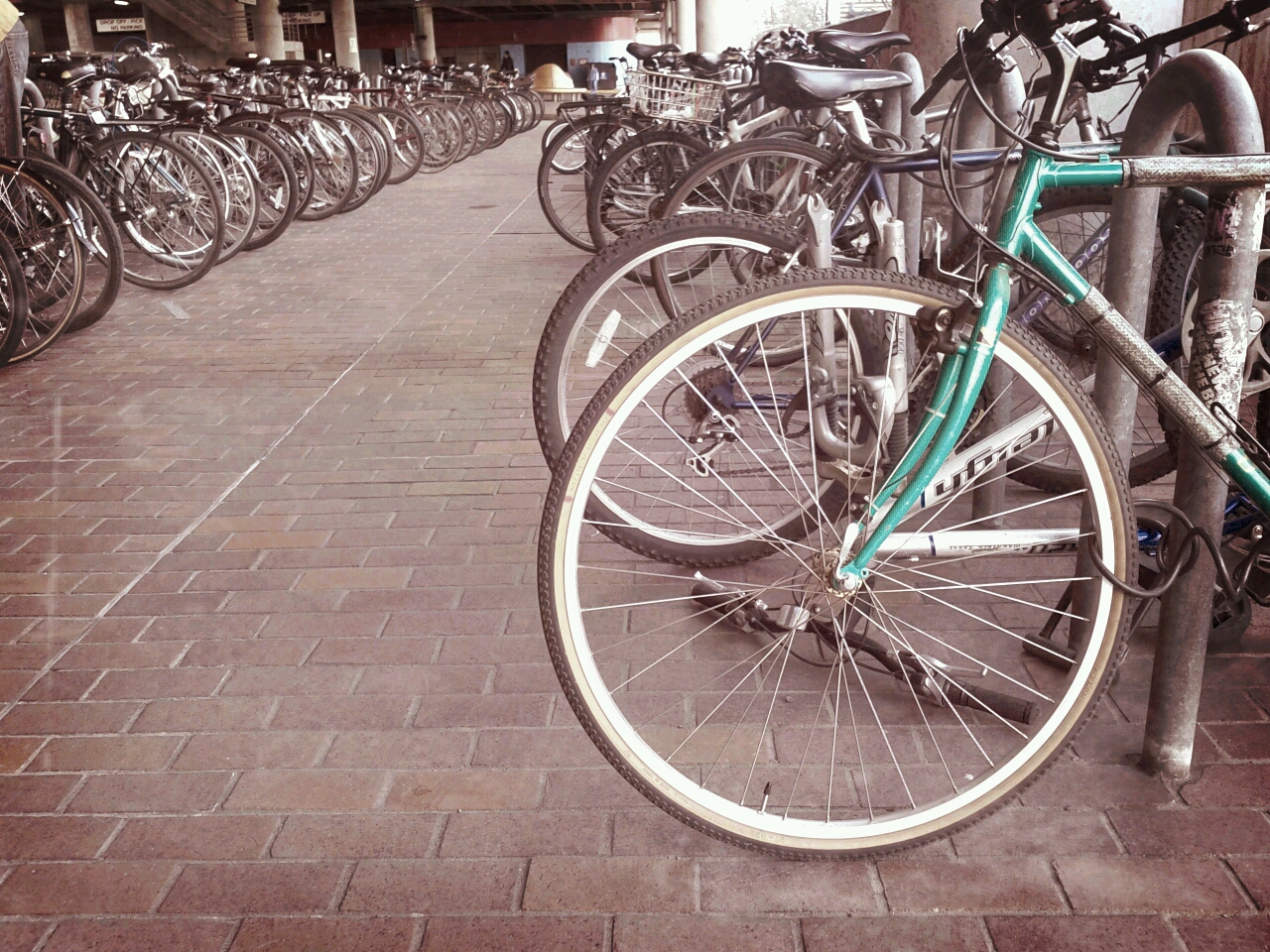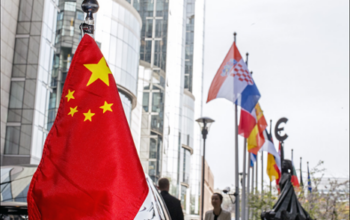What if Malta’s temporary solutions are replaced by permanent solutions? What if the state focuses on reconstructing continuous bike lanes instead of flyovers? It is worth wondering what kind of impact this would have on traffic congestion in Malta, and in return, if there would be an increase in the feeling of safety among Maltese pedestrians?
Maltese traffic
Being a university student in Malta with a busy timetable, starting early in the morning is an enormous headache––I have to wake up two hours before catching a bus for a ten minute bus ride, which often ends up lasting 45 minutes due to the morning rush hours.
Traffic congestion, characterised by queueing vehicles, exaggeratedly long travel times for short distances, and slower speeds, has been a major issue in Malta for a tremendous amount of time. The problem presented by traffic congestion has led to severe accidents among vehicles, pedestrians and the limited amount of cyclists on the roads.
In the last decade, the amount of cars has increased up to more than 350 000. This is more than half of the population of Malta which is currently around 430 000. This is why Malta has been ranked second for the highest number of cars per inhabitant in the European Union in a statistical research report by Eurostat in 2017.
These already high numbers of vehicles have increased throughout the years due to a number of counterproductive incentives lacking longsightedness regarding the effects such incentives would bring. In recent years Malta’s main solution to traffic congestion has been to create more space by wider roads and an increased amount of car lanes. A very recent project relating to this is the Kappara Junction Project, which was meant to reduce traffic at major points around Malta by 50% by building flyovers. However, as of now, it can be argued that the Maltese population is waiting to experience any real results in the form of alleviating traffic congestion.
Scrutinising the North
Public transport, which consists of mainly public buses, are used by one fourth of the Maltese population. Commuters using the public transport in Malta argue that the public transportation is not efficient enough. However, I will argue the contrary. Legislatives need to adjust certain factors on the roads and let the users feel safer on the streets. Malta is a small country indeed, yet this does not mean that the state should keep focusing on projects targetting the infrastructure with the aim of, for example, widening roads. Instead, there should be a focus on encouraging commuters to bike for instance.
Furthermore, the benefits of alternative ways of commuting do not end at reduced congestion levels. Bikes occupy less space, hence there is more space for other commuters; a bike does not use fossil fuels, as most vehicles do; and finally, cycling keeps the user active with added health benefits. According to Emilia Simeonova, an Assistant professor at Carey Business School, Maryland, U.S., there has been a major decline of asthma attacks amongst children living in Stockholm. The decline began after the implementation of the congestion tax, and the beneficial effects are sai to be due to the reduction of air pollution, ever since the tax legislation came into force in Stockholm.
A shift like this in commuting practices obviously requires further planning and investment. But this would be investing in a more sustainable future. We can always look at the Nordic countries to confirm that the construction of bike lanes and the implementation of campaigns for more sustainable traffic practices reduces traffic congestion indeed.
Adaptable initiatives for cycling
If bike lanes are to be properly introduced in Malta, there must be a transport system that regulates bike congestion during rush hour. An example of a system like this is the Green Wave in Copenhagen, which allows cyclists to pick up their cycling speed to reduce traffic. As cyclists have no velocimeters to show their speed per hour, green lights have been installed on cycling lanes. Cyclists know that they are cycling 20km/h by seeing the green light flickering, and if the green light is not showing up, users will know they need to speed up their pace.
What I have come to understand during my exchange in a Nordic country is that achieving permanent changes for more sustainable traffic in Malta requires longterm planning and investment in the future. Transport management education should already start in kindergarten, as in the Finnish education system, where traffic safety awareness training begins early on. This type of systematic learning has not yet been very evident in Malta, as the main focus has been on infrastructure. Yet, we should be inspired by the examples of others, such as the Nordic countries where traffic safety and reliability encourages younger generations to reach the goals of sustainable development.
By Zarifa Dag
Photo Credit:
Bikes by Allen Holt, CC BY 2.0







